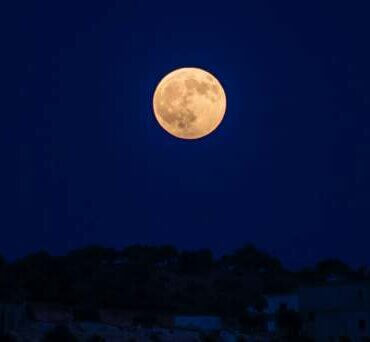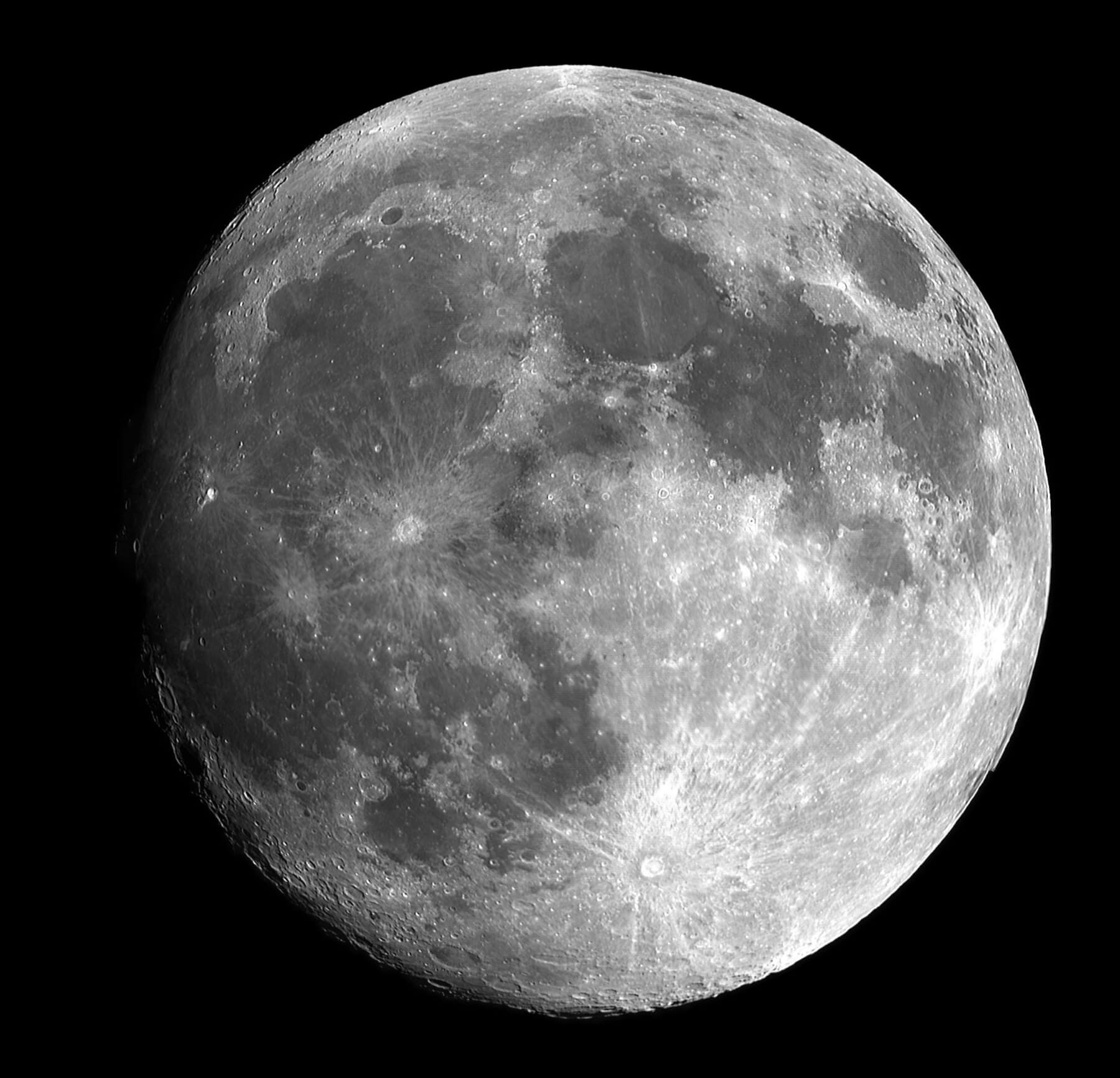
Photo: Samer Daboul. Pexels.com
Did you know that the “man on the moon” is actually made of enormous lava flows? I’m talking about the darker patches on the moon that aren’t as bright as the rest of the surface when light from the sun reflects down to us on Earth. Those darker patches are largely basalt lava flows, similar enough in composition to the lavas in the Auckland Volcanic Field, or those we see at Hawaii. About 26 per cent of the nearside of the moon’s surface is basalt, and only about 2% of the far side. Interestingly, Mars also has a lot of basaltic rocks across its surface, and basalt is the most common volcanic rock on Earth.

Janine Krippner
How do we know what they are? Firstly, despite conspiracy theories, after astronauts landed on the moon, they brought back samples of the surface and scientists from many different universities and institutions have since done a lot of work to understand them. We can also use satellite data, utilising physics and chemistry concepts we can map the surface from here. Additionally, lunar meteorites fall down to Earth and scientists analyse them too. Planetary scientists compare all of this to rocks and volcanic processes on Earth. So, we actually have a lot of information about the lunar surface, and theories have been developed about the entire history of the moon and what happens deep below the ground. Working at the Smithsonian Institution I got to see some of these rocks, as well at meteorites from Mars. It’s surreal holding parts of other worlds.

Lunar moon. Photo: Pixabay
Long, long ago lunar lava flows moved across the surface and flooded low-lying parts. These large basalt fields are called maria (pronounced Mah-ree-a, Latin for ‘seas’), or the singular mare (“Mar-ay”) and they are old. The age of areas on the surface of the moon are calculated after counting impact craters, younger surfaces have less craters, and by analysing samples of the rocks. The mare basalts are old. They mostly crystallized or cooled around three to four billion years ago, with some minor activity recently – until around one billion years ago. There has also been more recent evidence of volcanic activity occurring on the scale of millions of years. We don’t have as many rocks that age on the surface of Earth because our planet is so active. Active plate tectonics and volcanism mean our crust gets recycled and covered with new rock, covering the older areas. I personally prefer working on much younger volcanism (within our lifetime, ideally still hot), but this is seriously cool stuff.
The journey of understanding volcanic rock that formed around 400,000 km away has involved many scientists around the world spanning different specialties, working across decades. The scientific process of studying other moons and planets also helps us to understand our own world by inspiring experts to ask different questions, to see things in a new light. For me, knowing all of this makes looking up at the moon even more special. Seeing the results of these ancient lunar eruptions with our own eyes is incredible.
Happy Lunar New Year, wishing you happiness and good health.

Photo: Alex Andrews, Pexels.com








